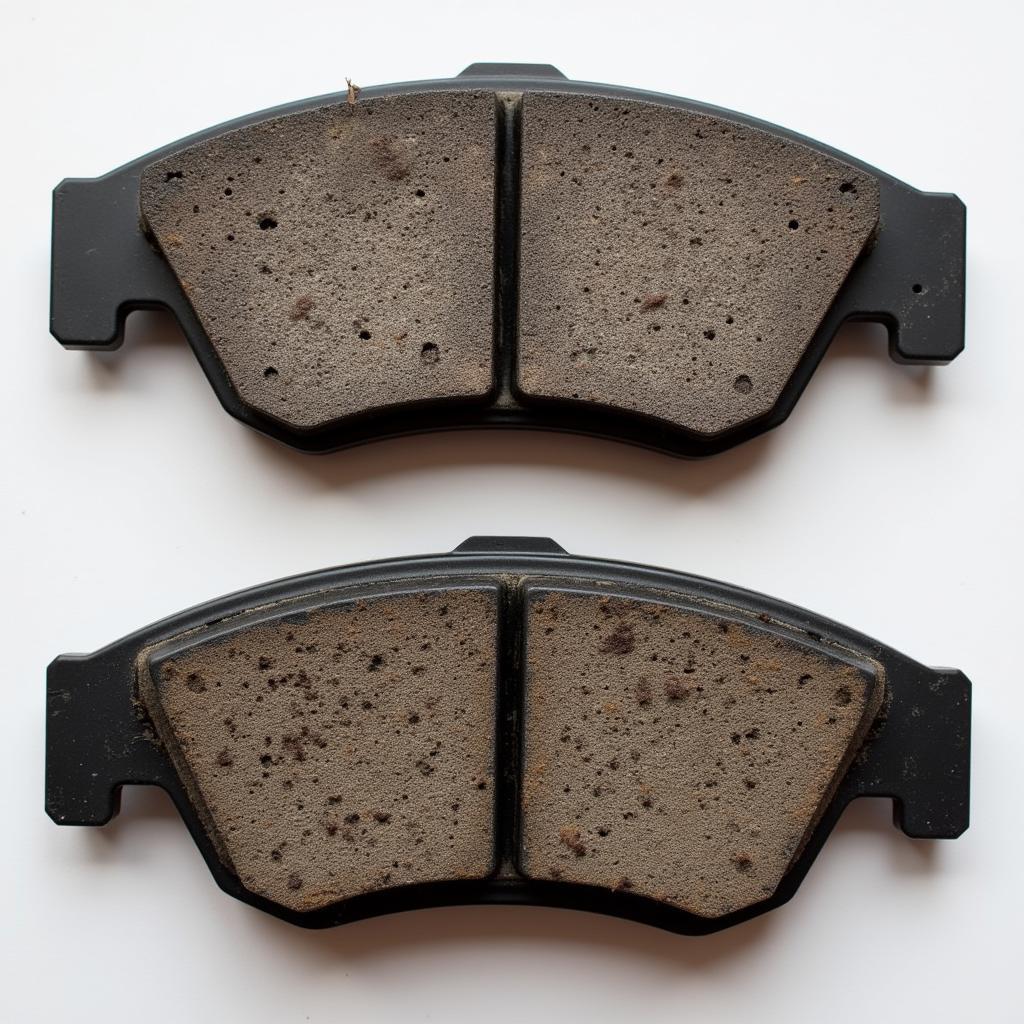A dead battery can cause more than just starting issues. Surprisingly, it can sometimes trigger your car to enter limp mode, a safety feature that limits your car’s performance to prevent further damage. This article will help you understand why a dead battery can cause limp mode and guide you through the troubleshooting and solutions.
After jump-starting your car following a dead battery, you might experience reduced acceleration, limited speed, and disabled non-essential functions. This is limp mode, your car’s way of saying something’s not right. Let’s delve into the reasons behind this and explore how to get your car back to normal.
Why Limp Mode After a Dead Battery?
A dead battery can disrupt the delicate balance of your car’s electronic control units (ECUs). These ECUs control various systems, and a sudden loss of power can lead to errors or corrupted data. The car’s computer, sensing these discrepancies, activates limp mode as a protective measure. Sometimes, the issue is as simple as low voltage confusing the sensors. In other instances, jump-starting with incorrect procedures can send voltage spikes through the system, further exacerbating the issue.
Common Causes and Solutions
Several issues can trigger limp mode after a dead battery. Let’s examine a few common culprits:
Transmission Issues
A dead battery can sometimes disrupt the transmission control module (TCM). This can lead to erratic shifting or even complete transmission failure. In such cases, a diagnostic scan is crucial to identify the specific fault codes within the TCM.
Sensor Malfunctions
Various sensors rely on a stable voltage supply. A dead battery can affect sensors like the mass airflow sensor (MAF), throttle position sensor (TPS), or oxygen sensors. These sensors play a critical role in engine management, and their malfunction can trigger limp mode. Checking and replacing faulty sensors might be necessary.
Electronic Control Unit (ECU) Errors
As mentioned earlier, a dead battery can disrupt the ECUs, leading to stored error codes. Clearing these codes with a diagnostic scanner is often the solution. Sometimes, a software update might be required to resolve underlying issues within the ECU.
Troubleshooting Steps
Follow these steps to diagnose and resolve limp mode after a dead battery:
- Check the battery: Ensure the battery is fully charged and holds a charge. A failing battery can continue to cause problems even after jump-starting.
- Inspect the terminals and cables: Clean any corrosion and ensure tight connections. Loose or corroded connections can disrupt power flow.
- Scan for codes: Use an OBD-II scanner to retrieve diagnostic trouble codes (DTCs). These codes provide valuable insights into the root cause of the problem. Check for the specific codes related to the transmission, sensors, and ECUs.
- Clear the codes: After noting down the codes, clear them using the scanner. Sometimes, simply clearing the codes and restarting the car can resolve the issue.
- Check fuses and relays: Inspect the fuses and relays related to the affected systems. A blown fuse or faulty relay could be the culprit.
When to Seek Professional Help
If the problem persists after following these steps, it’s essential to seek professional help. A qualified automotive technician with expertise in diagnostics and programming can accurately pinpoint the issue and implement the necessary repairs or software updates. This might involve more complex procedures like reprogramming the ECU or replacing faulty components. Remember, attempting advanced repairs without proper knowledge can cause further damage.
Conclusion
Experiencing limp mode after a dead battery can be frustrating. However, by understanding the potential causes and following the troubleshooting steps outlined in this article, you can often resolve the issue. Remember, ensuring your battery is in good condition and following the correct jump-starting procedures can prevent many of these problems in the first place. If the issue persists, don’t hesitate to consult a qualified automotive technician for expert assistance. If you’re experiencing a Ford Transit Custom adblue warning light, check out this helpful resource: ford transit custom adblue warning light. For AdBlue reset procedures, see transit custom adblue reset. You can also find more information on resetting the AdBlue system in a Ford Transit Custom here: ford transit custom adblue reset.
FAQ
- Can a dead battery damage my car’s computer? While rare, a dead battery can potentially contribute to issues within the ECU, particularly if jump-started incorrectly.
- How long does limp mode last? Limp mode typically persists until the underlying issue is resolved. Sometimes, clearing the codes is enough, while other times, repairs are necessary.
- Is it safe to drive in limp mode? While generally safe for short distances, it’s best to avoid extended driving in limp mode and address the problem promptly.
- Can I fix limp mode myself? Basic troubleshooting, like checking the battery and clearing codes, can be done at home. However, more complex issues require professional assistance.
- Will disconnecting the battery reset limp mode? In some cases, disconnecting the battery for a short period can clear temporary errors and reset the system.
- How much does it cost to fix limp mode? The cost varies depending on the underlying cause, ranging from a simple fuse replacement to more expensive ECU repairs.
- How can I prevent limp mode after a dead battery? Maintain your battery, use the correct jump-starting procedure, and address any underlying car issues promptly.

